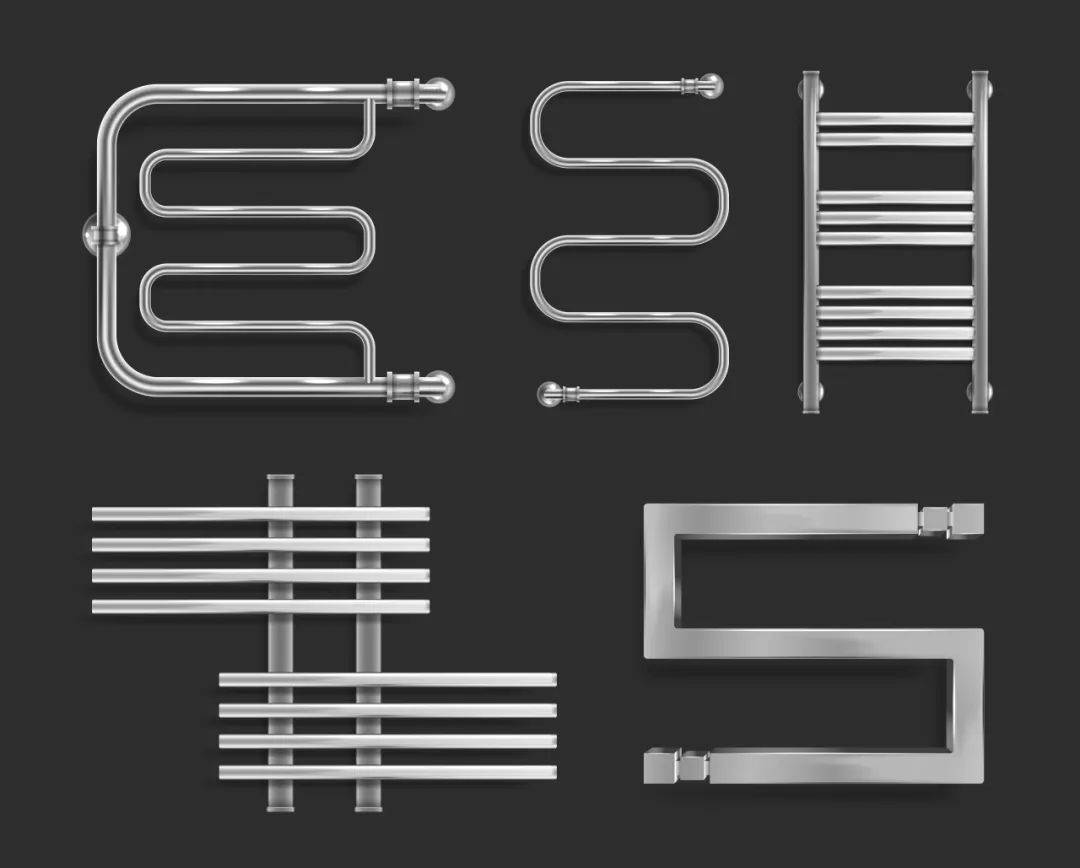
In recent years, the market size of China's electric heating industry has continued to expand, driven by factors such as rapid urbanization, rising consumer demand, and supportive government policies.

According to a report by China Research Puhua Institute, "2025-2030 China Electric Heating Appliance Industry Market In-Depth Research and Investment Strategy Forecast Report," the market size of China's electric heating appliances exceeded 1.5 trillion yuan in 2024 and is projected to grow to 1.8 trillion yuan by 2025. Household appliances such as water heaters and rice cookers dominate the market share. The sustained growth of the electric heating market can be attributed to the following key factors:
1. Accelerated Urbanization: As urbanization progresses, more rural residents are moving to cities, increasing the demand for household appliances like electric heaters.
2. Consumer Upgrades: Rising disposable incomes have led to higher consumer expectations for the quality and performance of home appliances, driving market upgrades.
3. Policy Support: The Chinese government has introduced a series of policies to promote the consumption of energy-efficient and environmentally friendly appliances, creating a favorable environment for the electric heating industry.
Market Size
The electric heating industry has shown steady growth. For example, in 2023, the retail sales volume of water heaters in China reached approximately 29.8 million units, a year-on-year increase of 1%, with retail sales revenue hitting 50 billion yuan, a growth rate of 6%. Electric water heaters, a significant segment of the market, saw retail sales of around 17.5 million units, a slight decline of 3%, but retail revenue increased by 2% to 22.8 billion yuan. This indicates that while sales volume dipped, consumer demand for high-quality, premium electric water heaters continues to rise.
Competitive Landscape and Brand Competition
The electric heating industry is characterized by intense competition and a diverse range of players. Both domestic and international brands are vying for market share through technological innovation, quality improvements, and strategic marketing.
The industry is also experiencing increasing brand concentration, with major brands leveraging their influence, technological capabilities, and distribution networks to dominate the market. Smaller and medium-sized enterprises, on the other hand, are focusing on differentiated offerings and customized services to carve out their niche.
Technological Advancements and Product Innovation
The electric heating industry has made significant strides in technology and product innovation. With the rise of smart homes and IoT (Internet of Things) technology, electric heating products are becoming increasingly intelligent. Smart electric heaters, featuring remote control and scheduled heating functions, have gained popularity among younger consumers.
- Smart Trends: Future electric heaters are expected to incorporate advanced features such as intelligent temperature control and voice activation, enhancing convenience and user experience. Brands like Haier and Vanward have launched smart water heaters that offer constant temperature control, voice commands, and IoT connectivity, integrating seamlessly with other smart home devices.
- Energy Efficiency and Environmental Protection: Global emphasis on energy conservation and environmental protection has made these key trends in the electric heating market. Companies are developing products that meet energy efficiency standards and cater to consumers' growing preference for green living. Government subsidies for energy-efficient appliances have further encouraged innovation in this area.
- Emerging Products: New electric heating products, such as instant electric water heaters and air-source heat pump water heaters, are gaining traction. These products combine high performance with energy efficiency and environmental benefits, meeting consumer demand for sustainable solutions.
Source: China Research Network.


